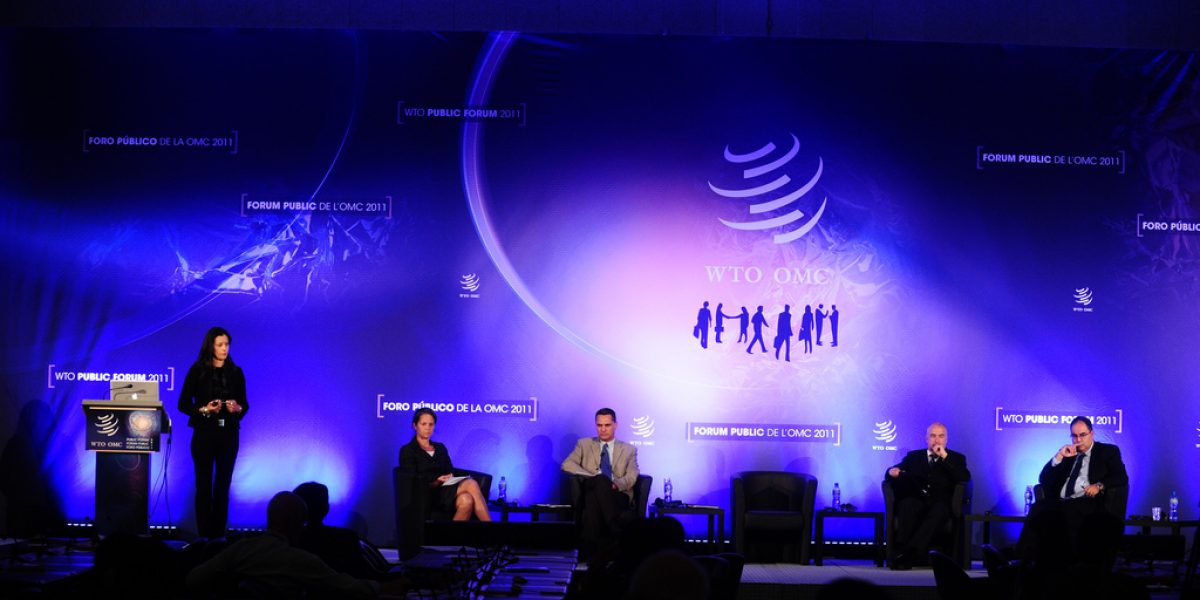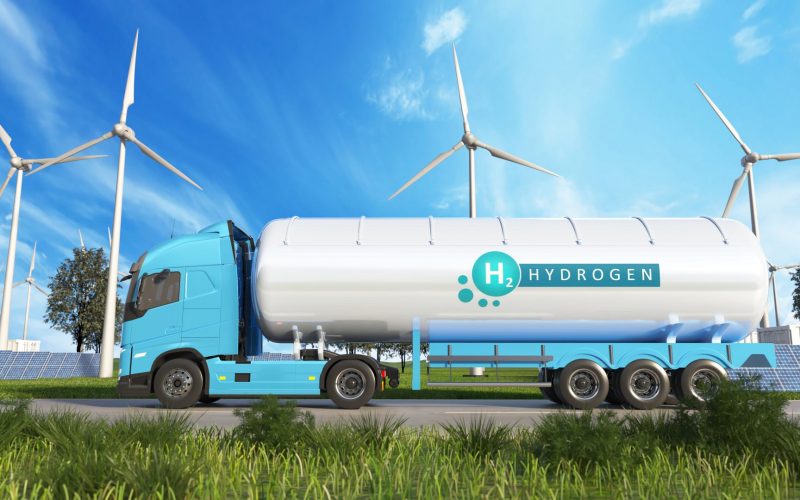Now trade talks turn to even more contentious issues, such as investment, intellectual property and trade in services, writes Peter Draper in the first of a new series of regular columns for AllAfrica from experts of the South African Institute of International Affairs.
The first phase of re-ordering Africa’s trade relations with Europe is over. Interim Economic Partnership Agreements (IEPAs) between the European Union and African countries had to be signed by December 20 to take advantage of a World Trade Organisation waiver which allowed EU countries to give their former colonies preferential access to its goods market.
African countries trading with Europe now fall into the following categories:
- 26 are regarded as “least-developed countries” (LDCs) in whose favour WTO members are allowed to discriminate. These countries have duty-free access to the EU, with no obligation to reciprocate, under Europe’s “Everything But Arms” preference scheme;
- 18 (including 8 LDCs) signed the interim agreements. They will enjoy the same access to the EU market as LDCs, but are obliged to open their own markets to EU exports;
- Three countries – Gabon, Nigeria and the Republic of the Congo – will now export to the EU under the less generous Generalised System of Preferences (GSP); and
- South Africa has its own trade arrangement in place.
What implications do IEPAs hold?
First, it is not clear that signatories have the capacity to implement these agreements. This may give rise to administrative and political hurdles down the line.
Second, and more positively, the fears of countries which signed the agreements that they might be locked out of the EU market have been allayed. (The validity of the agreements can be challenged in the WTO but this is unlikely.)
Third, as IEPA signatories open their markets to EU exports they will experience competition, concomitant trade disruption, and possible trade diversion. Thus exports coming to Africa from countries outside the EU could be displaced unless those countries are also given tariff concessions (which is unlikely). Also African countries which have previously imposed duties on goods coming from the EU may experience declining revenues.
These potential impacts are lightning rods for the global NGO movement behind the campaign against Economic Partnerships Agreements (EPAs).
Essentially, the fear of opponents of EPAs is that opening African markets to European exports will kill what little industry there is in African economies, whilst already fragile states will wither for want of revenue, reversing the tenuous economic and political recovery seen in parts of the continent in recent years.
These are legitimate fears. Offsetting them is the potential for new two-way trade – arising on the one hand from tariff preferences granted to EU producers, and on the other those granted by the EU to African exporters from countries which have signed interim agreements. The latter now have more favourable access to the EU market, although it remains to be seen whether they can overcome a litany of non-tariff barriers and domestic constraints.
Unfortunately, previous decades of preferential access have not been very effective. But cheaper imports of EU goods, particularly those not produced domestically, should be good for consumers and producers reliant on imports. And IEPAs will be buttressed by EU aid and a potential “aid for trade” package. If deployed effectively, all these steps could alleviate the loss of revenue from taxing imports and build structures which support trade.
Fourth, the most enduring legacy of IEPAs is likely to be the potentially fatal blow they have dealt to feeble regional economic integration efforts in Africa.
With the exception of the East African Community, which signed as a bloc, every other regional grouping in the sub-continent fractured. (North Africa already has the Euro-Med agreements.) This happened because the regional groupings included both least-developed countries and non-LDCs, and the EU differentiated between these two categories.
Thus, some countries within regions are obliged to open their domestic markets to EU exports whilst others aren’t. In southern Africa, South Africa has to follow stricter EU rules than its customs union partners, allowing it less favourable access to the EU market.
Consequently, the politics of the next phase are just as complex as the first. Different African countries within the same region now have different interests, and the intra-African politics of negotiating regional economic integration have lost their anchor.
When it comes to trying to integrate regions, can Humpty Dumpty be put back together, or is euthanasia a better option? This fissure will bedevil broader African politics.
The EU also faces its own internal tensions – between the former colonial powers intent on maintaining influence in their erstwhile wards, those member states that wish to cast the developing countries of the African, Caribbean, and Pacific (ACP) bloc adrift, and a host of new members motivated solely by market access.
Hence Africa-EU political relations, as evidenced in last December’s summit, will remain tense as these processes work themselves out, and China will be the obvious beneficiary.
The next phase of trade talks will focus on trade-related rules such as investment and intellectual property, and trade in services. The scope, depth, and timing of these negotiations remain to be seen; but they will be more contentious than those over goods.
Much of this agenda is appropriate for building properly-functioning markets. But unfortunately the environment in many African nations is not conducive to the imposition of the regulatory standards of developed countries. Therefore, I hope that the EU reduces its ambitions substantially.






